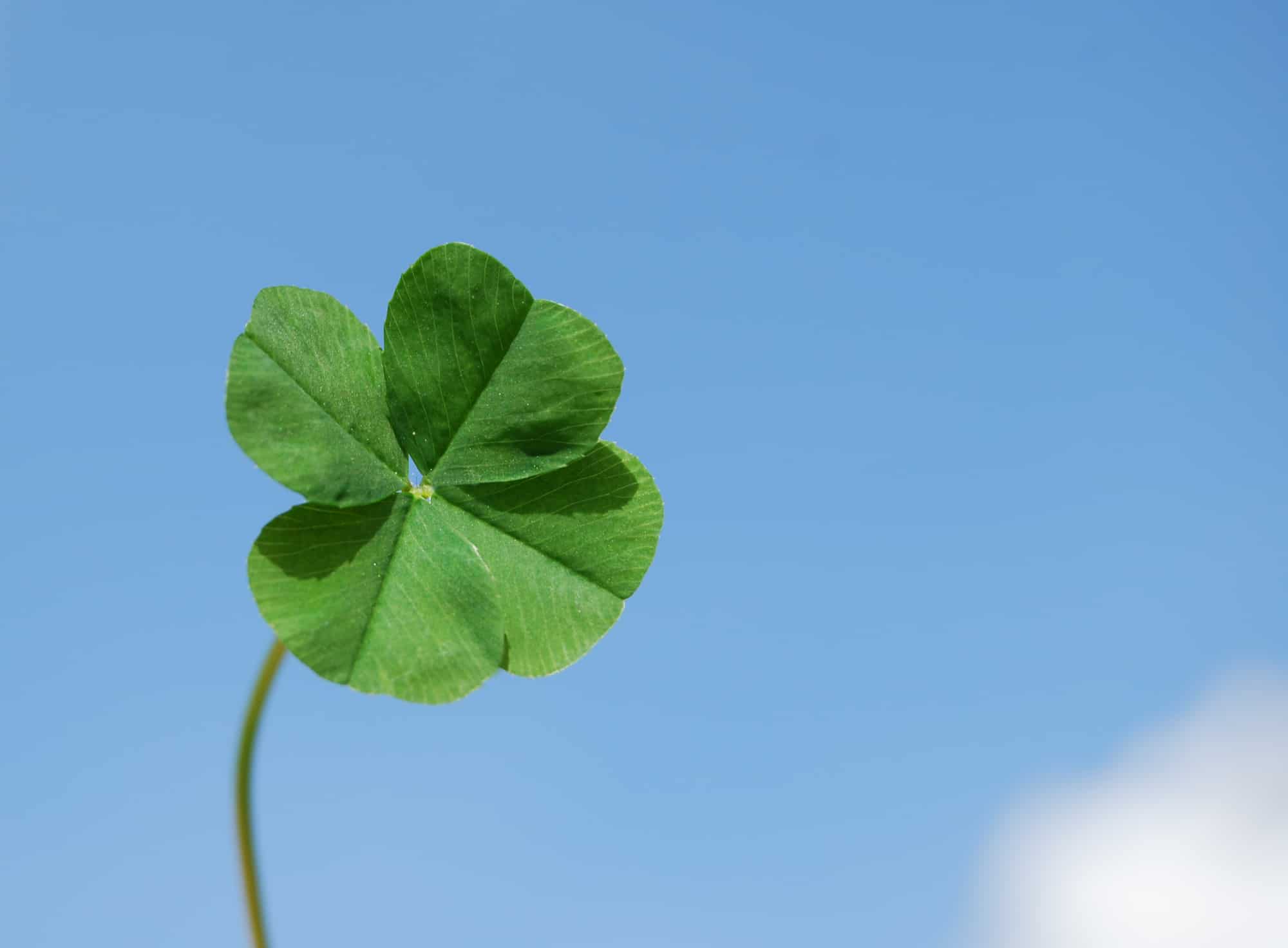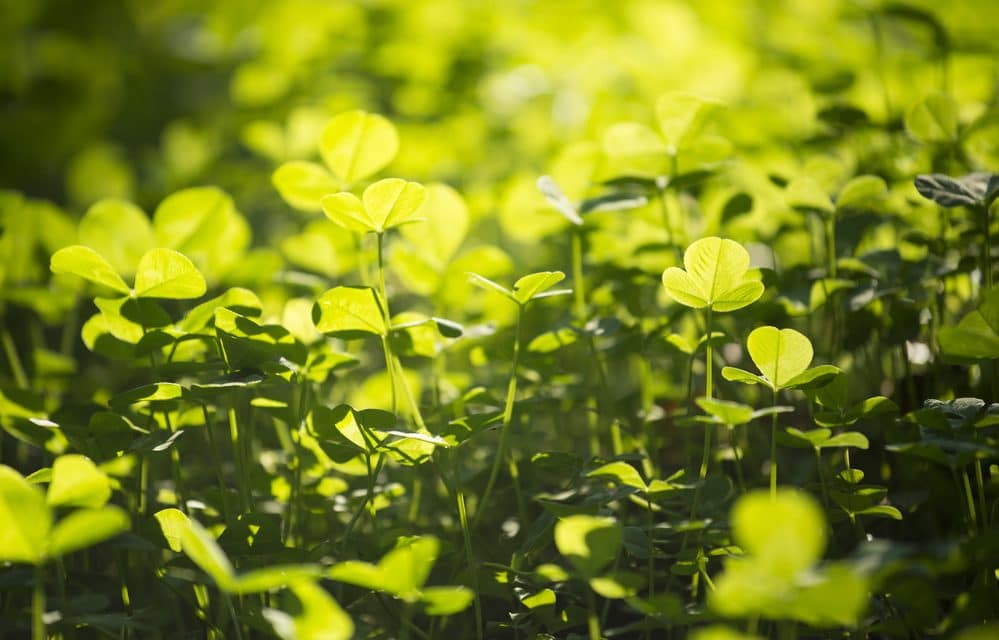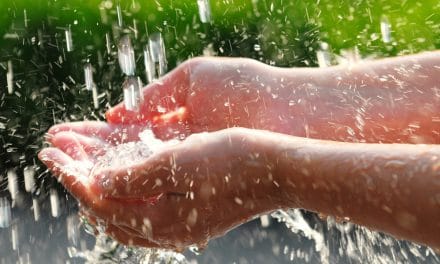Before the 1950′s, clover was considered an essential and desired part of lawns. Then 2,4D broadleaf killer came on the market and smart marketing by the chemical companies influenced homeowners that anything but grass in their lawn was a weed.
Clover’s benefits include high drought tolerance and nitrogen fixation – which make for an attractive and low maintenance “green” green lawn – no chemicals or fertilizer needed.
Traditional manicured lawns use tons of water, broad leaf weed killers, and fertilizer. Adding clover to your lawn can end the need for this waste.
Our friends at cloverlawn.org outline why overseeding with clover may be right for your eco-friendly lawn update.
Benefits of a Clover Lawn
Nitrogen Fixating
Clover, like all legumes, takes nitrogen from the air and through a chemical reaction, deposits it in the ground as an absorbable fertilizer. In lawns, it provides a constant trickle of fertilizer to itself and surrounding grasses – making the whole lawn more lush, green, and healthy.
Drought Tolerant
Clover grows deep roots and needs less water to stay green than grasses. If you see clover patches in lawns in the summer, it is usually green, while the rest of the lawn is brown and dormant. Clover spread throughout a lawn can make it appear green year round.
Resists Pet Urine
Dog owners usually have brown spots in their lawn from their pet’s urine. Unlike grass, clover is highly resistant to this and helps maintain a uniformly green lawn.
Grows In Bad Soil
Clover can thrive in low fertility soils. In fact, clover in a lawn is often a sign of low nitrogen levels in soil because it does so much better than grasses. Since it is nitrogen fixating, it can supply its own nutrients.









